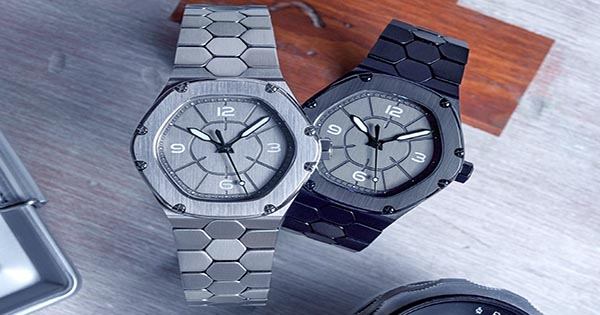In a world where bees may transform into fish and lagoons into people, anything is possible, including dentures that double as hearing aids. We know it seems crazy, but a dental implant that can transmit sound from the tooth to the jaw to the ear may be the assisted hearing technology of the future.
In a study that was released this month, researchers looked into the idea’s potential in an effort to give it some teeth. Although placing a hearing aid in the mouth may not seem like the most natural location for one, the researchers contend that doing so may make the device more comfortable and discrete for users.
How precisely would this operate? Well, osseointegration, is a procedure, that connects dental implants directly to bone. Because of this, it has been hypothesized that they could transmit vibrations to the inner ear through the jawbone. However, no research has ever been done on this potential. If the implants were discovered to be capable of this “bone conduction,” it would one day be conceivable to use them to replace missing teeth, fit them with a device that transmits sound vibrations, and have them serve as hearing aids.
Natural teeth have the potential to convey bone signals, but artificial teeth have never done so. In the past, attempts to create successful tooth-based hearing aids failed because the devices clipped onto the teeth rather than being incorporated into them.
The current study’s researchers needed to determine whether a prosthetic tooth linked to the jawbone could truly transfer sound and, if so, how well it would perform before moving forward with their hearing aid-in-a-tooth concept.
They vibrated the implants of 38 individuals as well as their mastoids (which conventional hearing aids use) and teeth for comparison. The implants were effective at conducting sound at a variety of frequencies, sometimes even better than natural teeth or mastoid bones. Especially if those teeth were in the front of the mouth. According to the researchers, this could be explained by the jawbone’s tougher and denser state in this position.
It is interesting to notice that there was no difference between the bone conduction potential of teeth in the upper and lower jaws.
The authors draw the reasonable conclusion that dental implants might someday serve as hearing aids based on their findings. According to the authors of the paper, if technology permits, this hybrid fake tooth hearing aid could “offer unique advantages.. such as great concealment, exceptional comfort, and better quality of sound.”
Dental implant hearing aids are therefore anticipated to be widely used in military, medical, daily life, and other situations as technology advances.
















